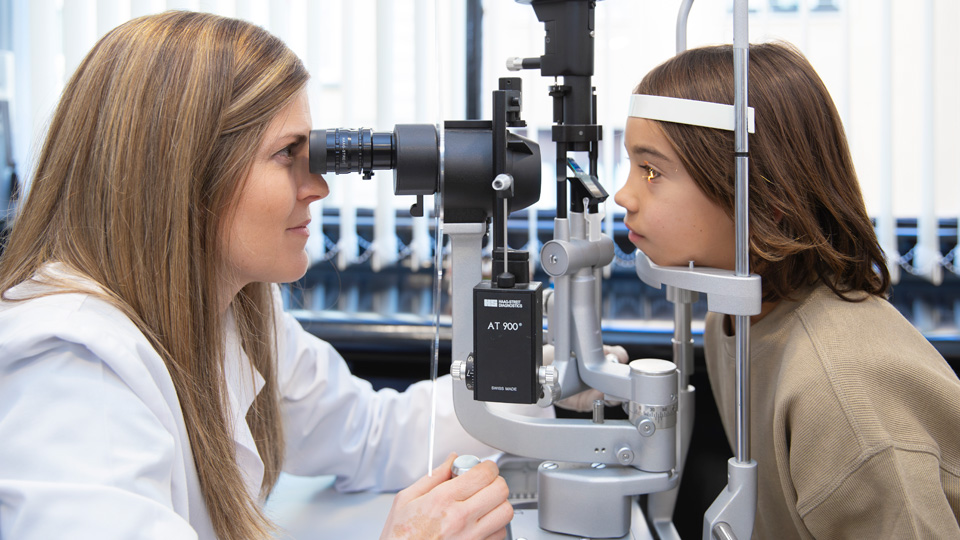All about the skin around the eyes and “drooping” eyelids
04/04/2025

21/03/2025
Seasonal allergies cause inflammation in the nasopharynx, leading to nasal itching, sneezing, sore throat or cough, which are often accompanied by eye irritation. In some cases, the eyes may be affected in isolation. Allergic conjunctivitis and eyelid eczema are the most frequent conditions associated with allergies.
Allergic conjunctivitis is a recurrent, seasonal inflammation of the conjunctiva caused by one or more allergens. When the allergen comes into contact with the eyes, mast cells in the conjunctiva release histamine and other substances to combat it, triggering inflammation.
The main symptoms are itching, hyperaemia, swelling of the conjunctiva, tearing and a white-yellowish mucous discharge. In more severe cases, it can also affect the cornea, causing light sensitivity, or the eyelid, causing a slight drooping. Vision is usually not affected and there are no lasting effects with proper treatment and control.
The most common allergens in our environment are pollen from plants and trees, dust and dust mites, and pet dander (dead skin cells shed by dogs, cats or other animals). It is common to find genetic factors and a family history of allergies, such as asthma or allergic rhinitis, in affected individuals.
Eyelid eczema is an inflammation of the periocular skin, with redness, dryness and flaking, causing itching and discomfort. It is usually triggered by creams and makeup, but can also appear in association with seasonal allergies. It is also linked to atopic skin, in which case the eyelid eczema tends to be more intense.
The treatment of allergic conjunctivitis is based on: avoiding the allergen as much as possible, avoiding rubbing (which triggers more histamine release and more itching), and reducing inflammation with topical treatments. Systemic treatment prescribed by an allergist, such as oral antihistamines or allergy vaccines, also helps to control eye symptoms. The ocular treatments include:
For eyelid eczema, topical corticosteroid creams are applied for a few days, followed by specific moisturising creams for the eyelid.
Dra. Anna Monés, ophthalmologist at the Barraquer Ophthalmology Centre